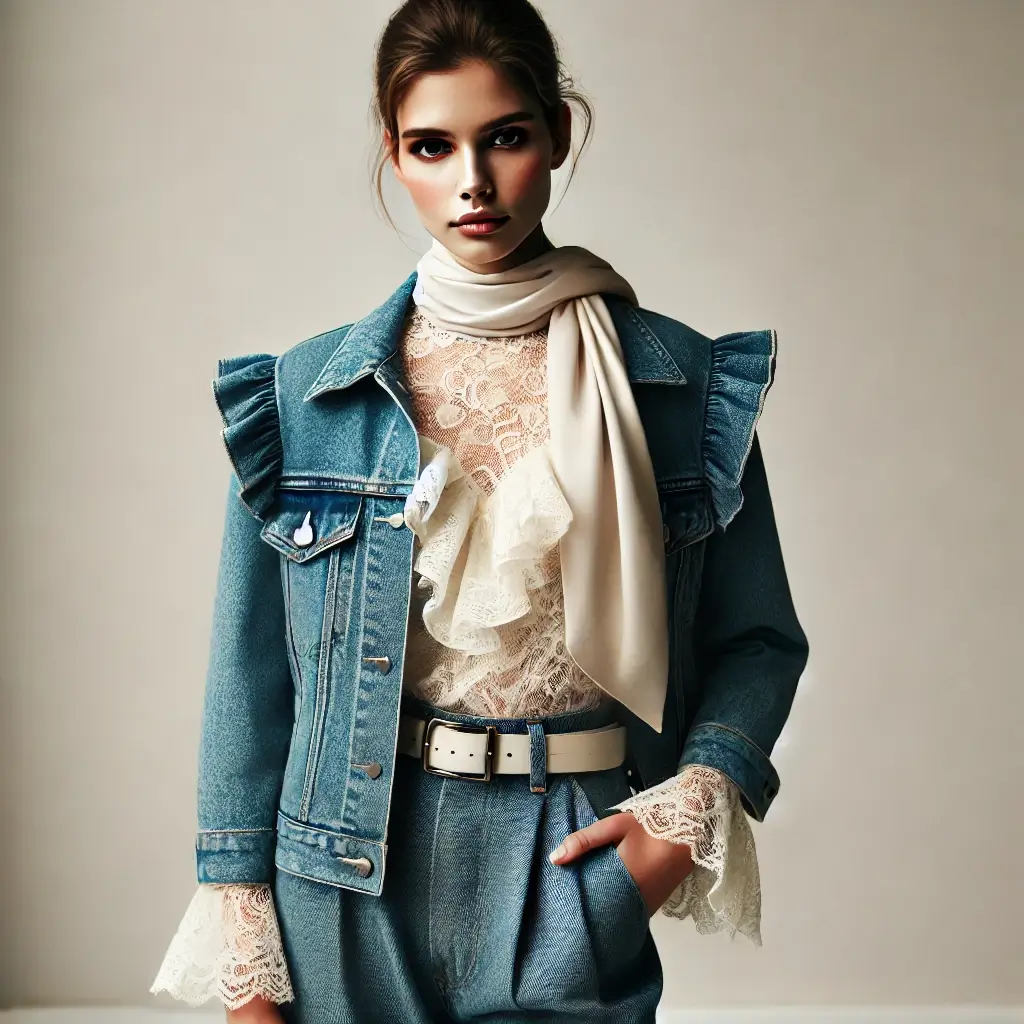
Product development in fashion involves taking designs from sketches to store shelves.
What is Product Development?
Product development is the creation, production, and marketing of a product, guiding it from its initial concept through to the final stage when a customer purchases it. This process isn’t new; it has been vital across various industries, from automotive to electronics. However, in fashion, product development is the key to building unique collections and staying ahead of trends.
Fashion Design vs. Product Development:
To understand product development in fashion, envision two scenarios:
- Fashion Design: An illustration of a garment and a completed sample.
- Product Development: An illustration, a sample, a garment hanging in-store, and the customer purchasing it.
While fashion design focuses on creativity and aesthetics, product development extends beyond the design board into the logistical and commercial stages, ensuring the product gets into the hands of consumers.
The Importance of Product Development in Fashion Retail
In the 1980s, large fashion retailers began creating their own branded lines instead of solely relying on manufacturers’ collections. This shift allowed retailers to manage the entire process, ensuring product exclusivity and alignment with brand values.
Examples of Retailers in Product Development:
- The Gap: Once carried national brands like Levi’s but now sells only its in-house products.
- H&M, Forever 21, Banana Republic: All develop their own fashion lines to differentiate their collections.
- Macy’s, Neiman Marcus, Saks Fifth Avenue: These retailers carry both manufacturers’ designer lines and their own product-developed collections.
Stages of Fashion Product Development
The product development process can be divided into several detailed steps, each critical to the success of the final product.
1. Market Research
Before starting product development, brands need a solid understanding of consumer behavior and market trends. Researching competitor collections, attending trade shows, and analyzing customer data are crucial steps to ensure that the new collection aligns with current demands.
Key Questions to Ask During Market Research:
- Who is your target customer?
- What are the latest fashion trends?
- What are the price points customers are willing to pay?
2. Concept Design and Tech Pack Development
Once market research is complete, the concept design begins. Designers sketch their ideas, considering fabrics, colors, and styles. This phase is when tech packs—a blueprint of the garment’s specifications—are created.
Tech Pack Includes:
- Detailed garment measurements
- Fabric composition and trims
- Stitching details and production guidelines
3. Sample Creation and Fittings
Once the designs are finalized, samples are created to evaluate the product. This stage is crucial for assessing the garment’s fit, fabric, and overall appearance. Multiple revisions may occur before the final sample is approved for production.
Critical Evaluations During Sampling:
- Does the garment fit as intended?
- Are the chosen fabrics and trims suitable?
- Is the cost of production within the budget?
4. Production and Quality Control
After samples are approved, bulk production begins. Factories follow the tech packs to ensure consistency, while quality control teams inspect the garments at various stages to ensure they meet the required standards.
Quality Control Checklist:
- Inspect fabric quality before cutting.
- Check measurements and stitching consistency.
- Perform final checks on packaging and labeling.
5. Marketing and Distribution
With production complete, the focus shifts to marketing and distributing the products. Retailers ensure the garments are available in stores or online platforms and use promotional campaigns to create buzz around the new collection.
Common Marketing Strategies:
- Launching social media campaigns featuring influencers.
- Offering limited-time promotions to attract early buyers.
- Organizing launch events or pop-up stores.
The Evolution of Product Development in Fashion
Product development has revolutionized how retailers operate. By controlling the entire process—from design to marketing—brands can ensure their collections are aligned with their customer base and values.
This evolution has led to exclusive collections that differentiate brands in a crowded market. Today, leading retailers like H&M and Zara have established themselves by offering customers quick access to trendy, in-house designs at affordable prices.
Conclusion
Product development is an intricate, multi-step process essential for creating unique and market-ready fashion products. From research to production, the success of a product hinges on meticulous planning and execution. Brands that embrace product development can maintain a competitive edge and continue to captivate consumers with exclusive, tailored collections.
Join the Discussion!
What are your experiences with product development?
What stage of development do you find the most challenging or interesting?
Feel free to share your thoughts in the comments below! Engage with others to broaden your understanding of the process.